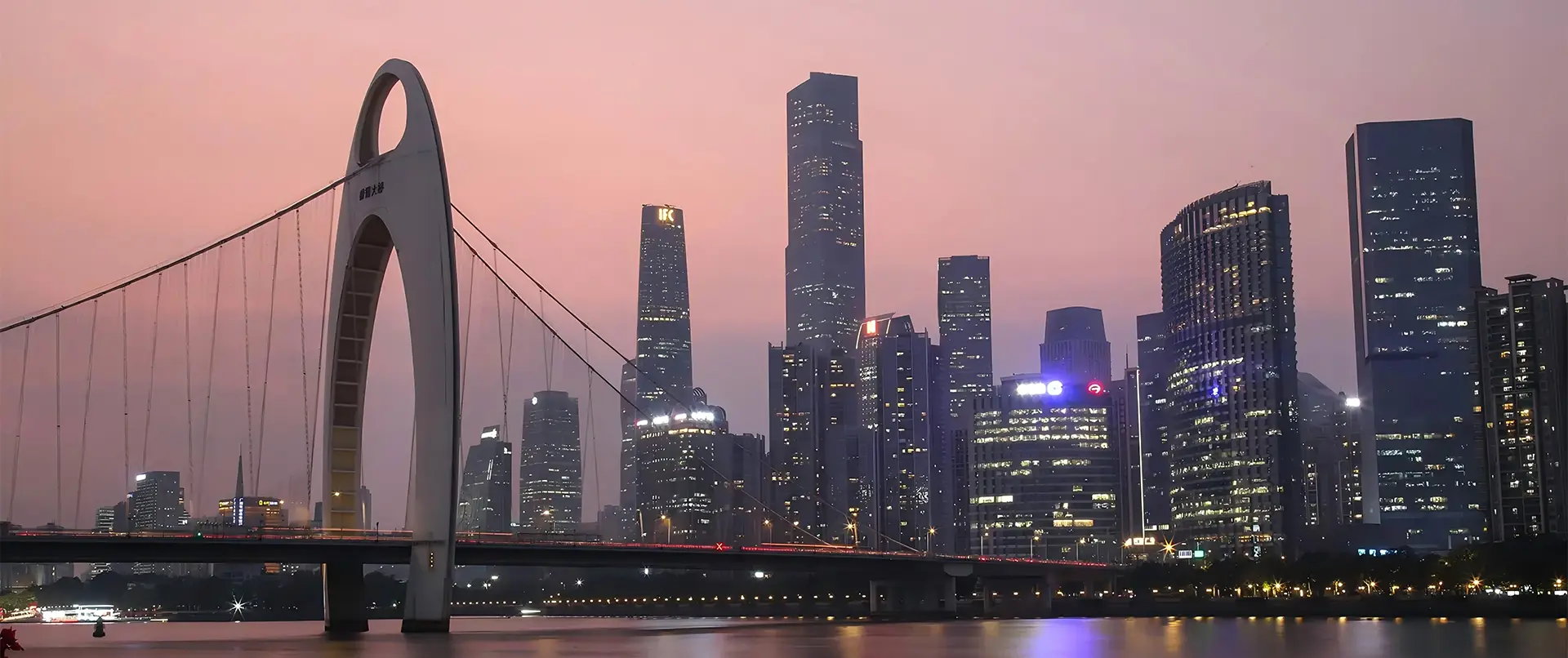5 Essential Tips for Enhancing Artistic Rendering in Your Digital Projects
In today's digital landscape, the importance of Artistic Rendering in creative projects cannot be overstated. According to a report by Adobe, 70% of creative professionals believe that the quality of visual rendering significantly influences audience engagement and perception. As digital platforms evolve, the demand for visually compelling graphics and animations continues to surge, making it imperative for artists and designers to elevate their rendering skills.

Furthermore, a survey conducted by the International Association of Visual Artists revealed that projects featuring superior artistic rendering see an increase in viewer retention by up to 50%. Hence, mastering the nuances of artistic rendering is not only beneficial but essential for anyone looking to stand out in the competitive realm of digital art and design.
In this blog, we will explore five essential tips to enhance your Artistic Rendering capabilities, ensuring that your digital projects leave a lasting impression.
Understanding the Fundamentals of Light and Shadow in Digital Art
Understanding light and shadow is crucial for elevating artistic rendering in digital projects. Light is the primary element that brings depth and dimension to a piece, dictating how objects interact visually within a space. By mastering the fundamentals of light, artists can create a compelling focal point that guides the viewer’s eye. When considering the light source, whether it’s natural or artificial, the direction, intensity, and color all influence the way shadows fall, thus shaping the overall composition.
Shadows, often perceived as mere absence of light, play a pivotal role in defining the forms of objects. They add realism and can express mood and atmosphere. Understanding how to manipulate shadows—knowing when to make them soft or harsh—allows artists to create more dynamic compositions. Utilizing techniques like cast shadows and occlusion can further enhance the perception of depth, making digital artwork more engaging. By integrating a comprehensive understanding of these elements, artists can significantly improve their rendering techniques and produce work that resonates more deeply with their audience.
Mastering Composition Techniques for Impactful Visuals
When it comes to mastering composition techniques for impactful visuals, understanding the foundations of photography is crucial. The exposure triangle—comprising aperture, shutter speed, and ISO—provides a framework for creating stunning images. For digital artists and photographers alike, manipulating these elements is key to controlling how an audience perceives light and depth. This balance can transform ordinary shots into striking compositions that draw viewers in and evoke emotions.

Furthermore, exploring composition through the lens of outdoor portrait photography can significantly enhance your artistic rendering. Working with natural light allows for greater flexibility in managing backgrounds and directing focus. Techniques, such as the rule of thirds and leading lines, can guide the eye, creating a pleasing aesthetic. Engaging with the environment not only improves your technical skills but also encourages creativity, pushing you to experiment with different settings and angles. This hands-on approach is essential in developing a unique visual storytelling style that truly resonates with your audience.
Selecting the Right Color Palette to Enhance Mood and Emotion
Choosing the right color palette is a crucial step in enhancing the mood and emotion of your digital projects. Color psychology reveals that colors can evoke specific emotional responses, making this knowledge invaluable for artists and designers alike. For instance, warm colors like red and orange can elicit feelings of warmth and excitement, while cooler hues such as blue and green often promote calmness and relaxation. When selecting your color scheme, consider not only the aesthetic appeal but also how each color might influence the viewer's feelings and perceptions.
To enhance your artistic rendering, aim to create a balanced color composition. One effective tip is to use a dominant color that sets the tone, complemented by secondary and accent colors to add depth and interest. For example, using a soft blue as the primary color can create a serene atmosphere, while splashes of vibrant yellow can inject a sense of cheerfulness. Additionally, ensure that the colors you choose harmonize well together—utilizing tools such as color wheels can help you identify complementary and analogous colors that will elevate your work.
Finally, consider the context in which your digital art will be viewed. Different colors resonate differently in various environments. For instance, a color palette that works well for an online project might not translate the same way in print. Therefore, experiment with different variations and observe how they transform the emotional impact of your artwork. By understanding and applying these principles of color selection, you can significantly enhance the emotional resonance of your digital projects.

Incorporating Texture and Detail for Realistic Renderings
Incorporating texture and detail is paramount for achieving realistic renderings in digital projects. According to a recent report from the Visual Effects Society, approximately 70% of industry professionals believe that the addition of intricate textures enhances viewer immersion and emotional engagement. This underscores the importance of understanding and utilizing texture effectively in your work.
One essential tip for enhancing artistic rendering is to leverage high-quality texture maps. Using multi-layered textures can bring depth and realism to your digital assets. For instance, incorporating displacement maps can simulate the irregularities of surfaces, allowing for more authenticity in your visual outputs. Additionally, referring to industry-leading platforms like Substance by Adobe can provide you with a library of textures tailored for different applications, significantly boosting your workflow.
Another key aspect is attention to detail in lighting and shadows. Studies indicate that well-implemented lighting can increase realism by 50%, making it a critical component in your render process. Techniques such as global illumination and ambient occlusion can dramatically improve the perception of depth and texture. By meticulously adjusting these factors, you can transform ordinary visuals into compelling, lifelike experiences that resonate with audiences.
5 Essential Tips for Enhancing Artistic Rendering in Your Digital Projects - Incorporating Texture and Detail for Realistic Renderings
| Tip Number | Tip Description | Recommended Tools | Examples |
|---|---|---|---|
| 1 | Use high-resolution textures to add realism. | Photoshop, Substance Painter | Wood grain, fabric textures |
| 2 | Apply overlay techniques to create depth. | Adobe Illustrator, Procreate | Layered paint strokes |
| 3 | Incorporate shadow and light for three-dimensionality. | Blender, Maya | Realistic lighting effects |
| 4 | Experiment with color grading for mood enhancement. | DaVinci Resolve, Adobe Lightroom | Cinematic color palettes |
| 5 | Utilize reference images for authenticity. | Pinterest, Google Images | Nature, architectural photography |
Utilizing Layers and Blending Modes for Depth and Dimension
In the realm of digital art, utilizing layers and blending modes is crucial for achieving depth and dimension in artistic rendering. According to a report by ArtStack, 72% of digital artists attribute their success to mastering these tools, emphasizing their importance in creating visually compelling projects. Layers allow artists to separate different elements, making it easier to manipulate individual components without affecting the entire composition. This flexibility not only streamlines the workflow but also encourages more creative experimentation.
Blending modes, on the other hand, offer diverse ways to combine layers, enhancing the visual narrative of a piece. Research from the Digital Arts Guild reveals that artists who effectively use blending modes can enhance color harmony and contrast, resulting in more dynamic artworks. For example, the "Multiply" mode can create rich shadows, while "Screen" can produce highlights that make elements pop. By understanding and applying these techniques, artists can elevate their digital projects from simple illustrations to intricate masterpieces filled with depth and character.
Related Posts
-

Innovative Alternatives for Best 3d Floor Plan Design Shaping the Future of Technology by 2025
-

Crafting Excellence in 3D Model Rendering for a Global Market Made in China
-

Crafting Excellence: How China's Best 3D House Rendering Transforms Global Standards
-

Ultimate Checklist for Selecting the Best Architectural Animation Services for Your Projects
-

Ultimate Guide to Choosing the Best Architectural Rendering for Your Projects
-

Exploring Top Alternatives to Sketchup To Render for Enhanced 3D Visualization


